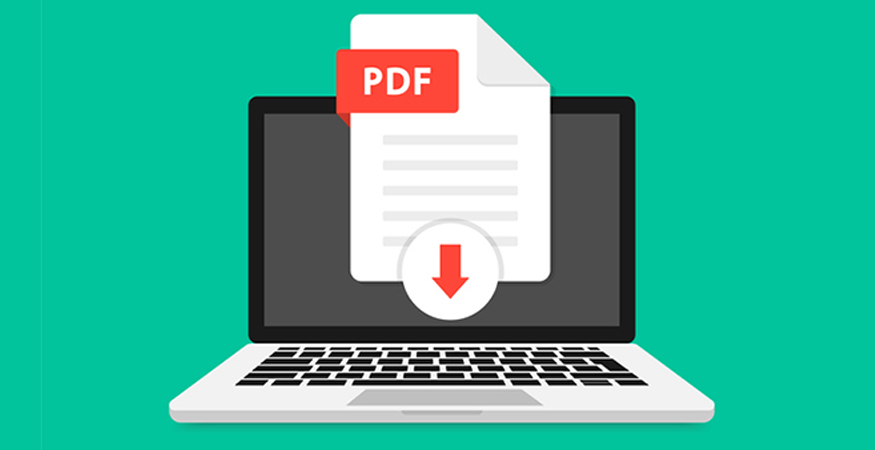If you have ever downloaded or electronically signed a form or document online, there's a good chance it was a PDF file. The PDF, or portable document format, is one of the most versatile and useful file formats on the web.
However, you may have also noticed that not all PDFs are the same. Whenever you see a file that ends with .pdf, that means it's a PDF. However, there are more than a dozen types of PDF files, each with its own function.
Here is a technical explanation of the various types of PDF files and when and why you might need them.
KNOW YOUR PDF
Most web pages and interactive content will look different depending on what type of device and software you are viewing it with. The Adobe company created the PDF standard for encoding documents so that the design and layout will be consistent.
PDF –is a file format developed by Adobe for displaying text and images independent of any software program. The PDF is based on the PostScript language for displaying text, fonts, graphics and images. It was a proprietary format controlled by the Adobe company until it became an open standard in 2008.
PDF/A – This variation is designed for archivists and records managers. Unlike the standard PDF, the PDF/A standard has a more restricted set of features, blocking audio and video, encryption and certain fonts because these features might not be supported or accessible to someone viewing the document in the future.
PDF/E – The PDF/E flavor of a PDF supports construction and manufacturing specifications and supports interactive media, animation and 3D images. This makes it most useful for architects, engineers, and product design teams. According to Planet PDF, “This standard was intended to address key issues in the areas of large-format drawings, multimedia, form fields and rights management – to name a few – that might prevent the engineering community from embracing PDF in their workflows.”
PDF/X – If you are a commercial printer or graphic designer, the PDF/X standard better supports graphics when sharing and printing. Unlike the standard PDF format, it has added features to ensure high quality, professional grade documents can be printed without degradation or distortion. To ensure images print correctly, PDF/X embeds fonts, images, color profiles and other information so that it can’t be altered when printing.
PDF/UA – The UA standard (which is short for Universal Access) helps people with disabilities access documents. When opened with the appropriate software, PDF/UA can be opened and read with screen readers, screen magnifiers, joysticks and other technologies to help visually impaired people access the content.
PDF/VT – Like the PDF/X standard, the VT standard has added support for color profiles, layers and transparent graphics. VT is an acronym for Variable and Transactional and is used for documents like bank statements, business invoices or variable documents that needs to be printed for business purposes.
PDF Healthcare – The last PDF format we will discuss is a special format for the healthcare industry. It not only supports special file formats but adds secure encryption so that medical organizations can safely share health information like doctor’s notes, lab reports, forms, digital X-rays and other image types.
I hope this was a useful overview of the PDF standard. The PDF is a powerful tool, but it can be difficult to use in specialized cases, which is why knowing how to use the above formats can help unlock your full business potential. If you need help printing or managing specialized file formats, the Business Analysts and print experts at the Gordon Flesch Company are available to help.










